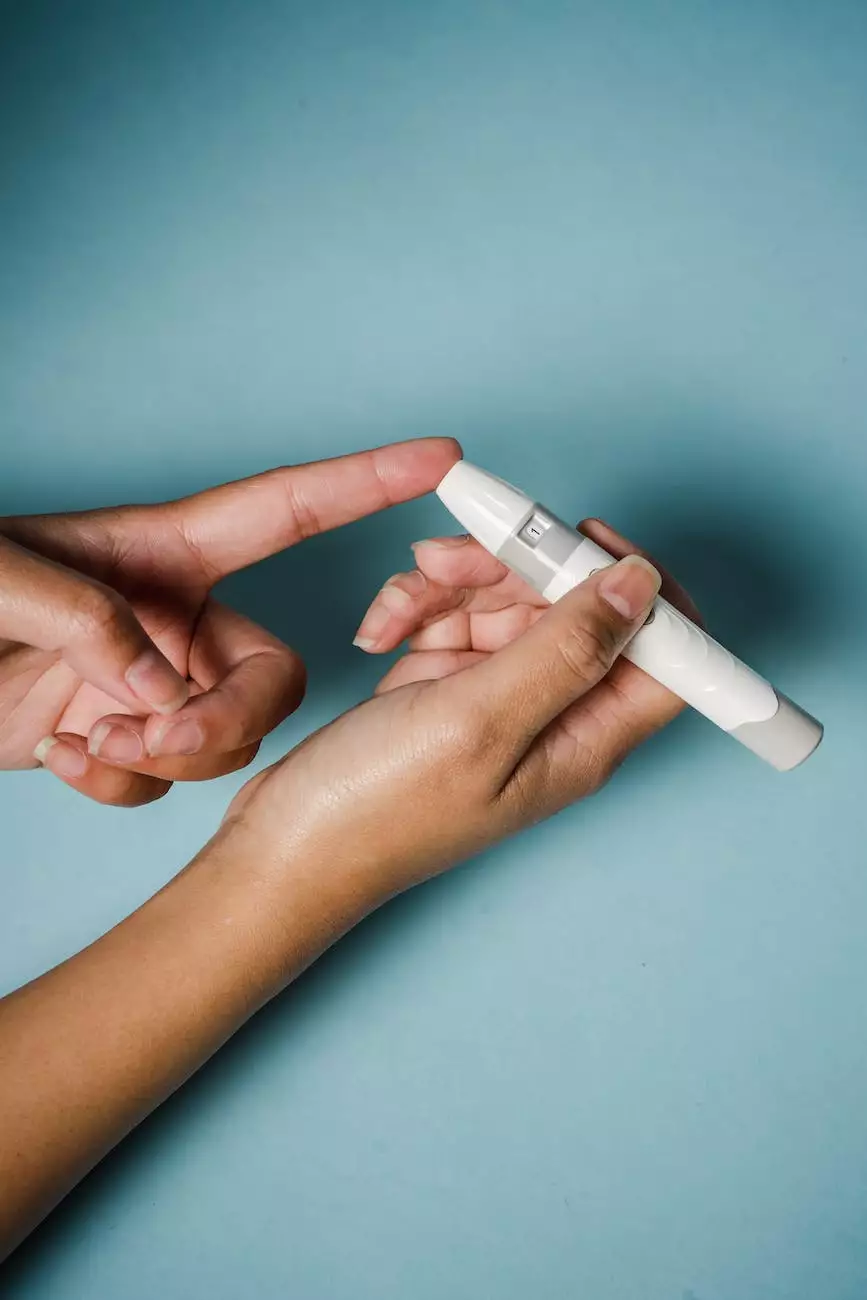Common Airbag and Seatbelt Injuries
Conditions
Introduction
Welcome to the comprehensive guide on common airbag and seatbelt injuries. In this article, we will explore the potential injuries that can occur due to airbag deployment and seatbelt usage. It is crucial to understand these injuries to better ensure your safety while driving or riding in a vehicle.
The Importance of Safety Restraints
Seatbelts and airbags are crucial safety features in vehicles that are designed to protect occupants in the event of a collision. While they greatly reduce the risk of severe injuries and fatalities, it is essential to be aware of the potential injuries that can still occur.
Types of Airbag Injuries
Airbags are designed to deploy rapidly in the event of a collision, aiming to prevent the occupant's head and chest from colliding with the vehicle's hard surfaces. However, this can lead to several types of injuries, including:
- Facial Injuries: Airbags can cause facial abrasions, bruises, or fractures due to their forceful deployment.
- Chest Injuries: Some individuals may experience chest contusions or even rib fractures, especially if they are sitting too close to the airbag at the time of deployment.
- Eye Injuries: The rapid inflation of an airbag can cause eye injuries, such as corneal abrasions, due to the forceful impact.
- Hand and Arm Injuries: Individuals who have their hands positioned incorrectly during airbag deployment can sustain hand fractures or other injuries.
Types of Seatbelt Injuries
Seatbelts are vital for preventing ejections and minimizing the risk of severe injuries. However, improper use or positioning can result in the following injuries:
- Shoulder Injuries: Improperly worn seatbelts can cause shoulder sprains, strains, or dislocations, especially in high-impact collisions.
- Abdominal Injuries: Seatbelts can cause various abdominal injuries, including organ lacerations, bruising, or even fractures in the case of seatbelt syndrome.
- Spinal Injuries: In some instances, the sudden restraint from a seatbelt can lead to spinal injuries, such as fractures or herniated discs.
Prevention and Treatment
To minimize the risk of airbag and seatbelt injuries, it is crucial to follow these safety guidelines:
- Proper Seatbelt Positioning: Ensure that your seatbelt is worn tightly across the lap and shoulder, avoiding any slack that could lead to injuries during a collision.
- Appropriate Seating Position: Adjust your seat to a comfortable but safe distance from the airbag, ensuring at least 10 inches between your chest and the steering wheel.
- Children and Airbag Safety: It is important to follow guidelines for child safety seats and never place a rear-facing child seat in front of an active airbag.
- Regular Maintenance: Ensure your vehicle's airbags and seatbelts are regularly inspected and never tampered with or disabled.
If you have been involved in an accident and experienced airbag or seatbelt-related injuries, it is crucial to seek medical attention promptly. Consulting with a healthcare professional, like Mary Jo Giagiari, D.C., who specializes in injuries related to vehicle accidents, can help ensure proper diagnosis, treatment, and rehabilitation.
Conclusion
Your safety on the road is of utmost importance. Understanding the potential injuries associated with airbag deployment and seatbelt usage is crucial for prevention and taking appropriate measures. By following the recommended guidelines and seeking professional help when needed, you can significantly reduce the risk of common airbag and seatbelt injuries.










